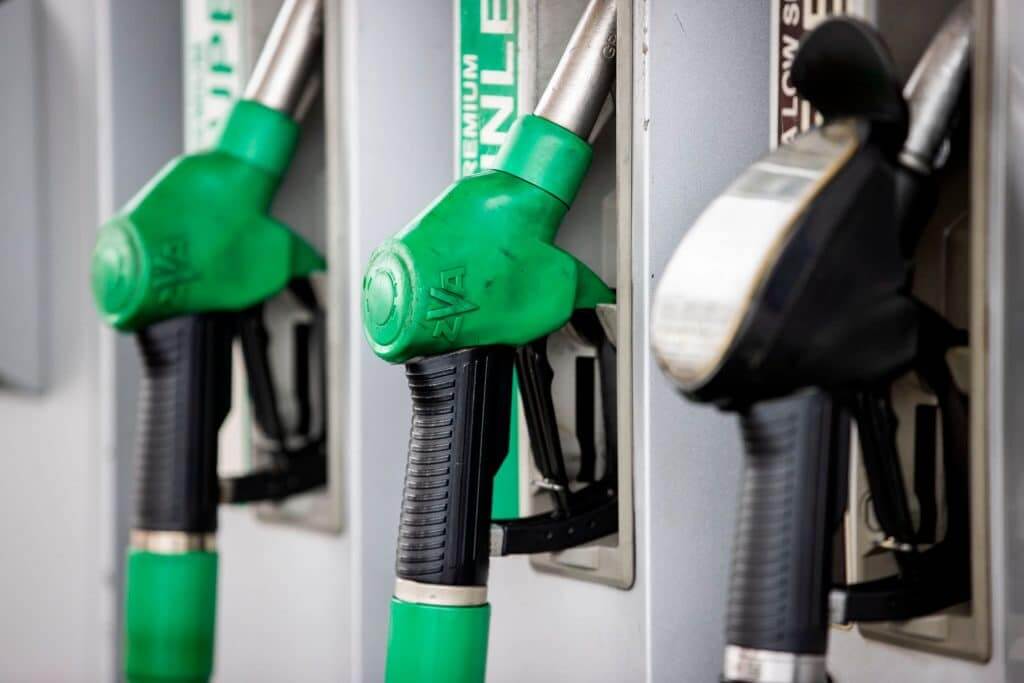We’re all pretty used to filling up at the pumps these days, but there are some big changes that you need to know coming into force from tomorrow (September 1) for England, Scotland and Wales. Northern Ireland will follow in spring 2022.
That’s because what you fill up your car with is set to change, with a new E10 fuel being introduced to replace the current E5 grade. While many of us won’t need to worry about it, you should be aware that if you run an older car it might not be compatible with this new fuel.
But what is E10 fuel, why is it being introduced and what impact might it have? Let’s take a look.
What is E10 fuel?
Up until now, the petrol and diesel we fill our cars with has been E5 – which means that it contains up to five per cent of ethanol, and can be used in all internal combustion-engined cars.
However, this new E10 fuel takes the percentage of ethanol up to 10 per cent, and means that not every car will be able to run on it, as we’ll explain shortly. It’s important to note that it is only petrol that is changing to E10, diesel fuel will remain the same.
Why is E10 fuel being introduced?
The main reason why E10 is being standardised across the UK by the government is because of environmental reasons.
That’s because ethanol is an alcohol-based fuel that’s produced from the fermentation of plants, and is therefore far more environmentally friendly. So while the government is working hard to increase EV uptake, there’s an increasing acknowledgement that more needs to be done to reduce emissions on the millions of petrol cars already on our roads.
According to the government, the introduction of E10 petrol could cut transport CO2 emissions by 750,000 tonnes a year, which is said to be the equivalent of taking 350,000 cars off the roads.
Can my car run on E10 fuel?
Though the government says that 95 per cent of petrol-powered cars are compatible with this E10 fuel, that doesn’t mean that all cars can use it.
While any car manufactured since 2011 will be compatible with E10, many classic and older vehicles won’t be, as well as those from the early 2000s. In fact, according to the RAC, as many as 600,000 cars are thought not to be compatible with E10. You can use the government’s official checker here to see if your vehicle is safe to use E10 in.
What can I do if my car can’t run on E10 petrol?
If your car is explicitly listed as one that can’t use E10 petrol – or if you have any doubts – you should instead resort to using the ‘super unleaded’ fuel that is widely found at many petrol stations. That’s because this isn’t adopting this greater percentage of ethanol and will therefore remain the same as before and safe to use. Fuel pumps should be clearly marked with E5 and E10 too.
It will incur a greater cost using super unleaded fuel, though, which is something to bear in mind.

Will there be any changes in my car’s performance if I use E10 fuel, even if it is compatible?
If your car is cleared to use E10 fuel, it will be completely safe to use this new petrol. The government says that using E10 ‘can slightly reduce fuel economy’ and that a reduction of one per cent efficiency could be expected, though you’re unlikely to notice on regular fill-ups.
What if I accidentally fill my car with E10 fuel?
If your car isn’t compatible with E10 petrol and you do fill it up with it by accident, the first thing to note is that you shouldn’t worry too much.
It’s not like putting petrol in a diesel car (or vice versa), and there will be no need to have special equipment to drain your tank. Instead, you should continue to use your car and then when the tank needs topping up revert to using the non-E10 ‘super’ grade of fuel. One-off use of E10 petrol in a car that’s not compatible with it shouldn’t cause any damage, though prolonged use of it will and is not recommended.


